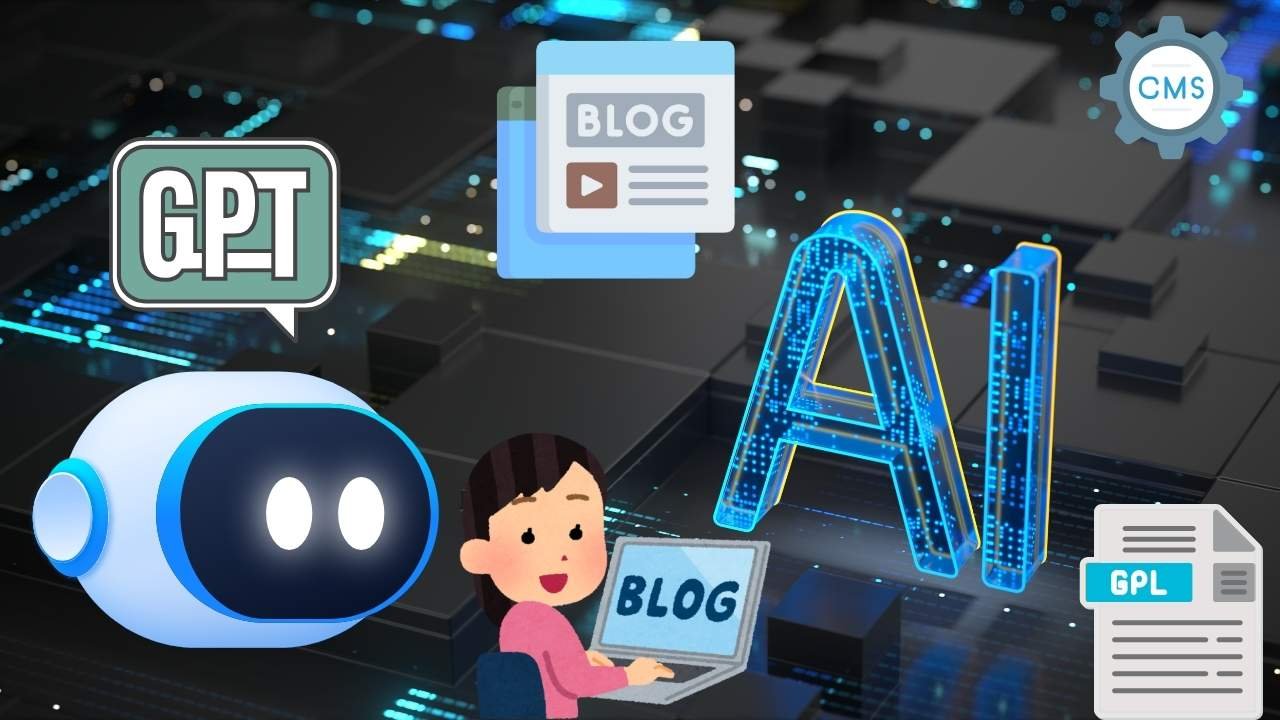Why US Bloggers Prefer GPL WordPress Themes Over Premium Licenses: Advantages, Risks & Insights

Learn why many bloggers in the USA favor GPL-licensed WordPress themes over premium licenses: discover the benefits, pitfalls, and what to watch out for when choosing themes.
Introduction
Blogging in the USA is a competitive mix of passion, innovation, and––let’s be honest––cost management. Whether you’re a solo blogger, part of a small startup, or running multiple niche sites, every dollar counts. Among the many decisions bloggers make is whether to use GPL (General Public License) WordPress themes or invest in premium licensed themes. Many US bloggers lean toward GPL themes, but what exactly drives that preference? Let’s unpack the reasons, the trade-offs, and when one option may be better than the other.
What Is GPL & Why It Matters
First: What is GPL? The General Public License (specifically GNU GPL) is an open source license that lets you use, modify, and redistribute the software (in this case, themes/plugins) under certain conditions. WordPress itself is GPL-licensed, which means much of what builds upon it (especially the PHP code) is considered derivative work and also falls under the GPL.
Because GPL grants freedom, it resonates with users who want control—control over design, updates, usage across sites, modifications, and so on.
Why Many US Bloggers Prefer GPL Themes
Here are several reasons US bloggers often favor GPL themes over premium licenses:
- Lower Cost & More Flexibility GPL themes are often free or much cheaper. Even when you pay, you often aren’t locked into repeated license fees for every site. For someone managing multiple blogs or experimenting, that flexibility matters a lot.
- Freedom to Modify & Customize GPL gives you the freedom to change the theme code, adapt CSS, remove bits you don’t need, or build on top of it. Premium licenses might provide such freedoms technically, but often tie you to specific support channels or make upgrades conditional. GPL tends to be more open.
- Re-use Across Multiple Projects If you have more than one blog or website, GPL themes allow you to use the same theme (or modified version) on all of them without needing to buy separate licenses (depending on the premium theme’s licensing). That can save money and make maintenance easier.
- Legal Clarity & Compatibility with WordPress Philosophy Since WordPress itself is GPL, many bloggers feel that staying in the GPL ecosystem is more aligned with the open source ethos. Also, it reduces ambiguity about what is allowed.
- Rapid Experimentation & Flexibility for Small/Side Projects Bloggers often run side projects, test content ideas, or pivot niches. GPL themes are less risky if you decide to change direction, because you aren’t heavily invested in costly theme licenses or locked-in design choices. Flexibility makes this easier. (This is based on observations from multiple sources comparing free vs premium options.)
- Community & Open Source Support GPL themes (especially those from trusted sources) often have strong community support—forums, tutorials, modifications. US bloggers tend to value being part of those communities, where solutions are shared, improvements happen openly, and burdens of maintenance are shared.
Risks and Trade-Offs to Be Aware Of
It’s not all advantages. Choosing GPL themes can introduce certain risks or compromises. Bloggers in the US who pick GPL are often those who have weighed these or take steps to mitigate them.
- Support & Updates May Be Weaker Premium themes usually come with dedicated support, fast updates, and perhaps industry guarantees. GPL themes—especially free or from less-known sources—may lag in updates. This can lead to compatibility issues when WordPress core changes.
- Quality Can Vary Widely Not all GPL themes are well-coded. Some have bloat, poorly optimized scripts, or design limitations. If the theme is from a lesser-known provider, there’s a risk of bugs, inefficiencies, or undesirable design constraints.
- Security Risks Of Using Untrustworthy Sources GPL doesn’t automatically mean safe. Some providers bundle malware or backdoors, especially with “nulled” versions of themes or themes distributed from sketchy GPL clubs. US bloggers who prioritize security guard against this by using trusted sources.
- Feature Gaps or Extra Work Some premium themes are loaded with built-in tools, page builders, numerous template demos, etc.—things free/GPL themes may not have. Sometimes you’ll need to add plugins or do more manual work to get the features and design polish that premium themes provide. That can eat into the time saved on theme costs.
- Ethical / Sustainability Considerations Theme developers need income to maintain, secure, and improve their themes. If everyone uses GPL versions or avoids paying, it might reduce the incentive for high-quality theme creation. Some bloggers factor that in, even when using GPL, by supporting developers through premium licenses, donations, or buying extensions.
Best Practices for Using GPL Themes Wisely (Especially for US Bloggers)
To get the benefits without many of the downsides, here are some actionable tips
- Always get from a trusted source Use themes from WordPress.org, well-known GPL theme authors, reputable marketplaces, or providers who transparently publish the GPL license info and source files. Verify change logs, reviews, and update history. Avoid unknown “cheap” GPL clubs unless they have a good reputation.
- Scan for security issues/malware. Use security plugins (Wordfence, Sucuri, etc.), check code manually if possible (or have someone do it), and ensure your hosting environment supports good security practices.
- Keep everything updated WordPress core, themes, and plugins. Even a well-coded GPL theme can become vulnerable if left stale.
- Use child themes or custom CSS for modifications. When you need design tweaks, use child themes so you can update the main theme without losing your changes.
- Support developers If you value a GPL theme that has served you well, consider purchasing licenses, donating, leaving feedback, or buying pro versions or add-ons. Helps the ecosystem.
- Evaluate what you need vs what you want. Before choosing any theme, list what your site really needs (speed, mobile friendliness, SEO optimization, clean code, ease of customization) vs nice-to-haves. Then see if GPL themes satisfy those. If not, a premium theme may be the better investment.
Conclusion
For many US bloggers, GPL WordPress themes offer a powerful, flexible, cost-effective path, especially if you’re just starting, experimenting, or managing multiple sites. The freedoms GPL provides—use, reuse, modification—are very attractive. But like any tool, it comes with trade-offs: quality, security, and support.
If you combine GPL with smart practices (trusted sources, updates, security vigilance), it can match or even outshine many premium themes for what most bloggers need. Premium themes still have their place—where high design polish, advanced integrations, or guaranteed support matter.
If you want, I can pull in real-case example(s) of US bloggers who switched from premium to GPL (or vice versa) to show practical outcomes. Do you want that?
Top 10 FAQ.
Using ChatGPT for Affiliate Blogging in 2025: Boost Your GPL WordPress Content Strategy
Learn how to use ChatGPT to create high-quality, SEO-optimized affiliate blog content for GPL WordPress themes and plugins. Discover AI…
How to Drive Traffic & Conversions for GPL WordPress Affiliate Sites in 2025
Learn the best strategies to boost traffic and conversions for your GPL WordPress affiliate site in 2025. Discover SEO hacks,…
How to Combine AI SEO Tools & GPL WordPress Products for Massive Growth in 2025
Discover how AI SEO tools and GPL WordPress themes/plugins can work together to drive massive website growth. Learn the best…
Smart eCommerce 2025: Boost WordPress Sales Using AI-Based GPL Plugins
Discover how AI-powered GPL WordPress plugins can revolutionize your eCommerce strategy. Learn to boost sales, automate tasks, and improve user…





